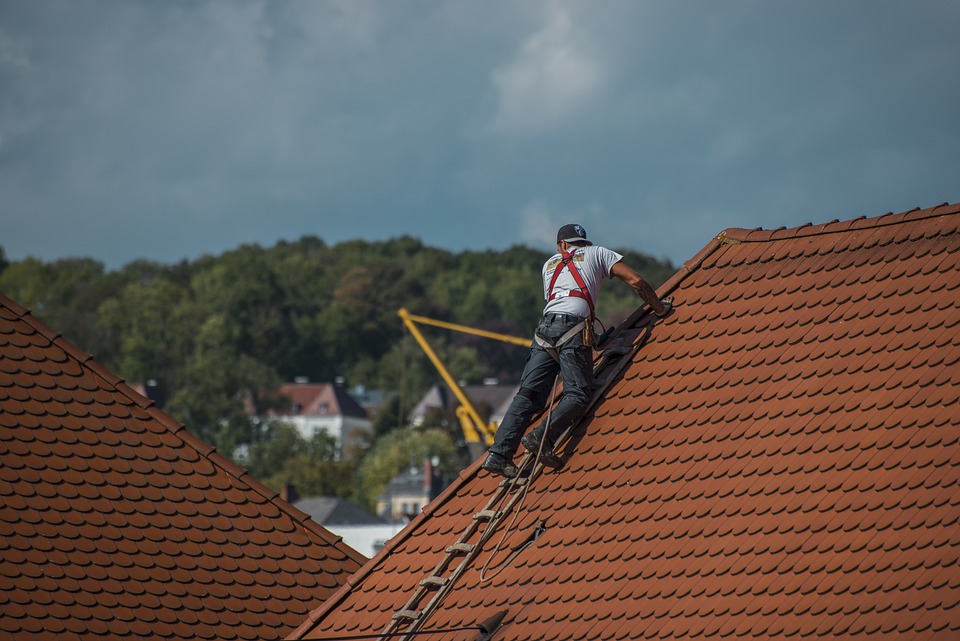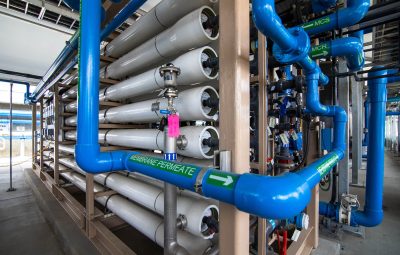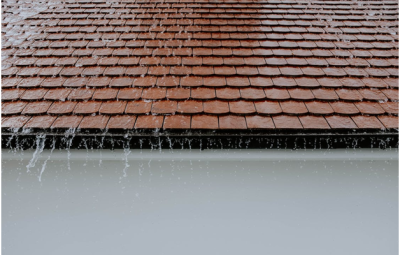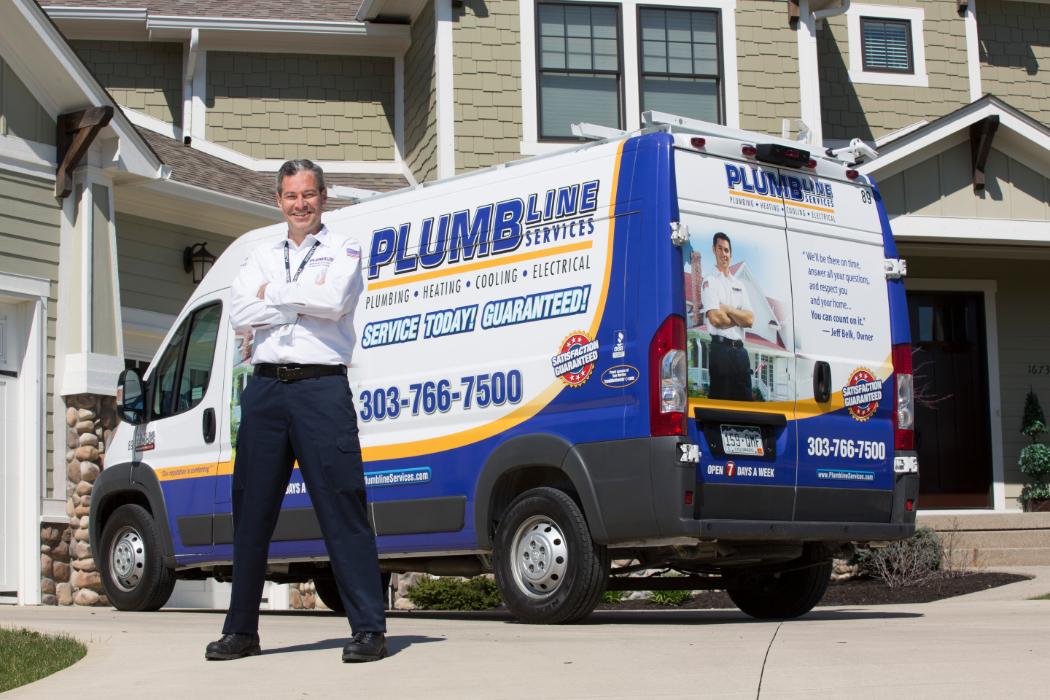While you can overlook minor home damage such as broken door knobs for as long as possible, roof damage, especially due to natural disasters like storms, snow, wind, and hail, must be addressed immediately. The roofing system is your home’s primary line of defense against extreme conditions, so any damage compromises your family and valuable belongings’ safety and security. If you have recently experienced severe storms, here are four roof repairs tips to protect your home.
1. Assess the storm damage
The first thing to do after experiencing extreme weather is to inspect the damage. This enables you to properly discuss your needs with your local roofing contractor or insurance company and prevent discrepancies or unanticipated expenses.
Once the storm subsides, walk around the house and inspect the downspouts, gutters, and shingles to determine the extent of the damage. You could consider using a pair of binoculars to view your roof better. However, it is worth noting that the kind and extent of damage on your roof depends on the type of storm that has hit the roofing system. Here are the main causes of roof storm damage:
a) Hail damage
While hail storms are relatively short, they can cause significant damage to your roof. Some signs of hail damage include:
- Broken or cracked shingles
- Missing shingles
- Buildups in the downspouts and gutters
b) Wind damage
A heavy windstorm can knock trees over, leading to the deterioration of your roof. This exposes the home underlayment to elements, making it vulnerable to water damage. Other signs of wind damage include:
- Depending on the type of your roofing system, high-speed winds can result in rotting and mold development on wood shingles and surface wrinkles or bubbles, tears, and cracks on flat roofs. Granules could also build up in gutters in composition shingles.
- Buckling or tears on roof flashing
- Crumbling or loose bricks on chimneys
- Dented or missing parts, rust, or rot on downspouts and gutters
c) Water damage
Water or rain is the most common and devastating cause of roof damage. When left untreated, water damage can compromise the structural integrity of your home and cause the development of mold and mildew, which makes your loved one susceptible to illnesses like asthma and allergic reactions. Here are signs of water damage:
- Water buildup in the gutters
- Cracking, bubbling, and peeling of wall paint and wallpaper
- Missing, cracked, or curled shingles
- Discoloration or water spots on the ceiling
- Rot, leaks, and mold on the roof
Be sure to document the damages by taking pictures and videos.
2. Contact your roofer
Roof repairs are complicated, time-consuming, and risky. You could cause more damage to the roofing system or slip and fall, resulting in injuries. For this reason, it’s best to work with a trained professional. A professional roofer can perform a more detailed inspection on your roof and advise on whether you should file a claim based on your insurance policy claim deductible.
3. Call your insurance provider
Be sure to contact your home insurance provider, especially when the roofing system has sustained significant damage, as soon as possible. Remember to attach proof of damage, including videos and pictures, to support your claim. This helps you get reimbursement for your roof’s repairs or replacement expenses.
4. Repair or replace the roof promptly
Depending on the damage extent, your roofing contractor may advise you to repair or replace the roof. Be sure to take the recommended action quickly to prevent further damage to your property.
Endnote
If your house has sustained roofing storm damage, implement the above strategies to prevent accidents and restore functionality. Be sure to hire an experienced, reputable, and licensed roofing contractor to safeguard your homeowner’s insurance cover.








